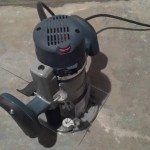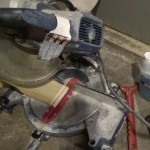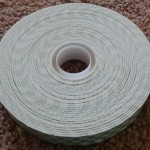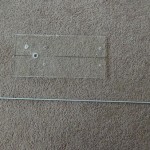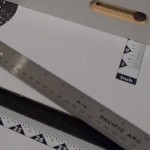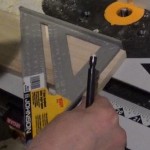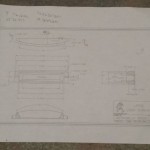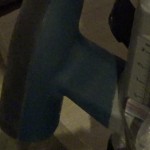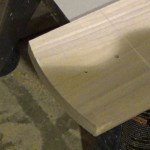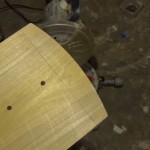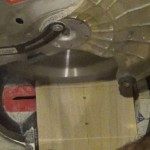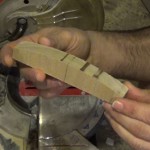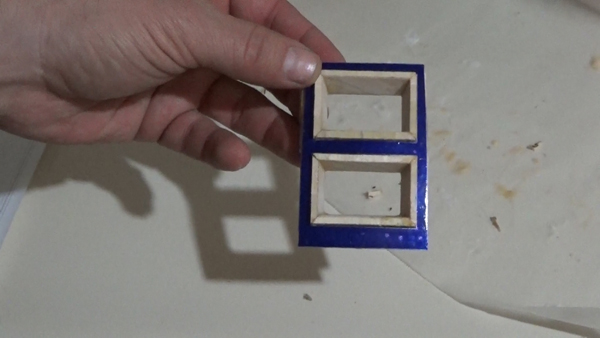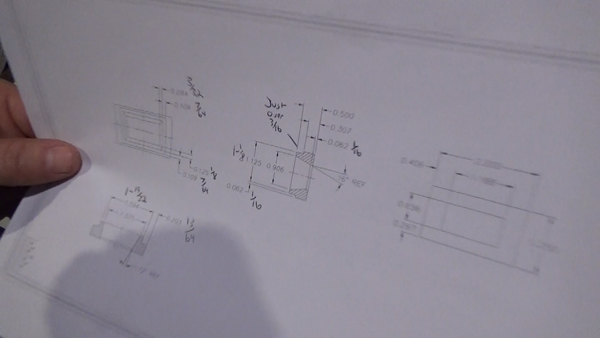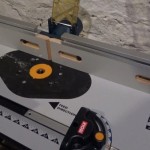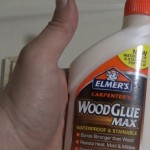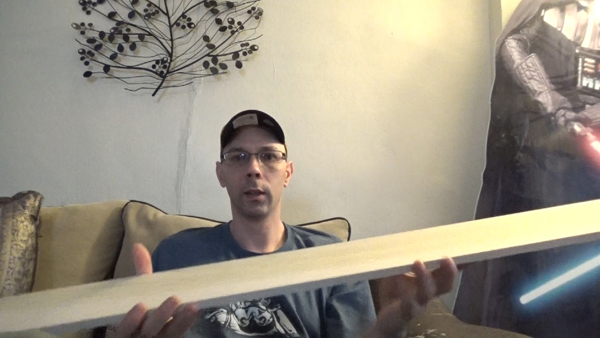In order to make the PSI LEDS diffuse, we first need a housing to put them in. The back PSI hole is larger than the front, so an 1.5 ID PVC coupler is used for both front and back. The size does not matter since the light will look the same regardless of the size of the coupler.
A bead of hot glue is first applied to the inside of a 1.5″ PVC Coupler.
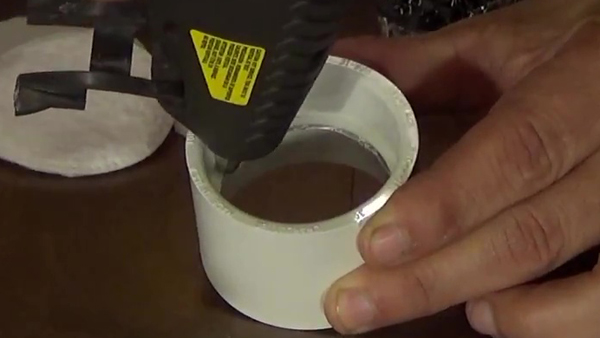
The PSI Electronics is than dropped inside of the PVC and held in by the hot glue. Be careful when you place this in. The LEDs are placed downwards so make sure they do not get damaged by the inner edge of the coupling.
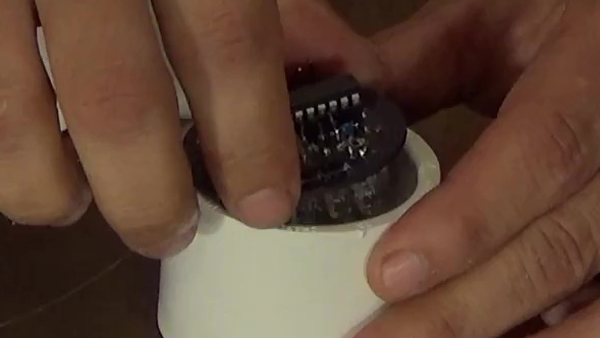
Two cotton rounds are placed inside of this to diffuse the light from the LEDs so they appear as one color and not separate bulbs.
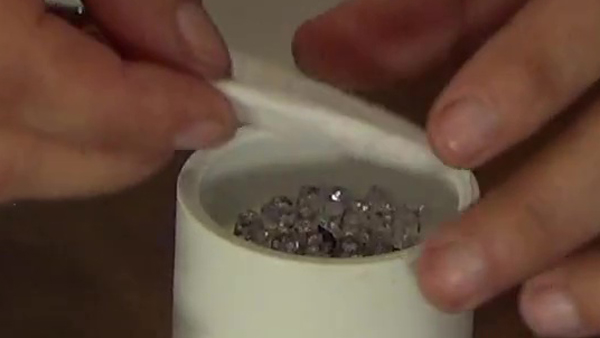
Another bead of hot glue is placed on the top of the PVC housing where the cotton rounds sit. Place the cutting board circle on the glue and hold until glue sets.
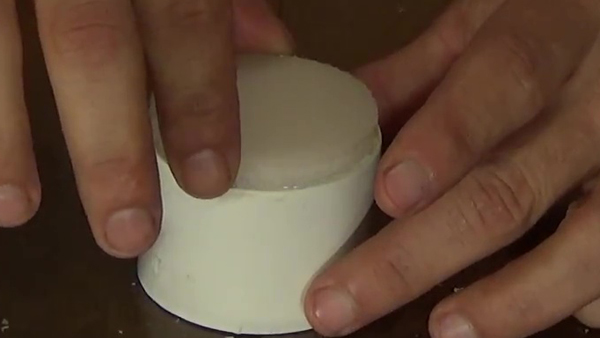
Hook the PSI up to the electronics to see how it looks!



